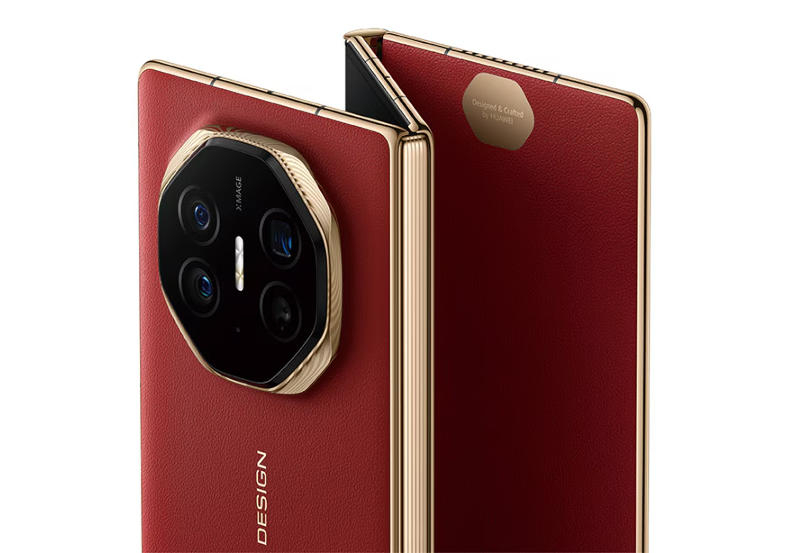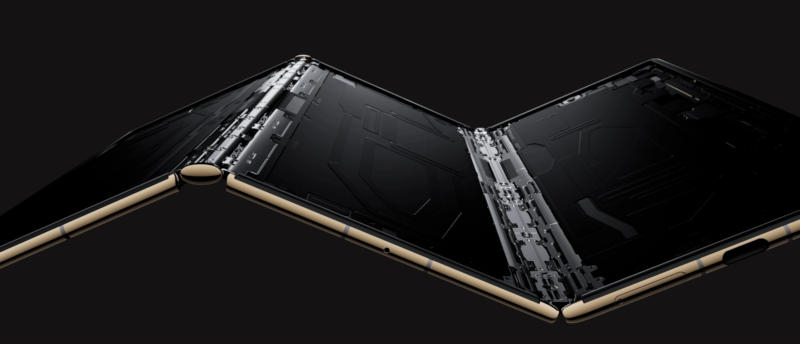The world’s first three-section folding smartphone, Huawei Mate XT, with a price tag starting at $2,800 and a flexible 10.2-inch display, has already received almost 5 million pre-orders – the Chinese technology giant, which produces increasingly complex devices, has thrown Apple a new challenge in the country’s domestic market, writes Financial Times.

Image source: huawei.com
The Huawei Mate XT smartphone debuted at an event on Tuesday, just hours after its US rival announced its iPhone 16 lineup. The Chinese company unveiled the world’s first publicly available smartphone with a flexible display that folds into three segments. Huawei spent five years on this project – it had to overcome the limitations of the screen and hinge, as well as solve problems with the reliability of the device, said the company’s chief executive Richard Yu.
Apple has been emphasizing artificial intelligence features on the iPhone, but its Apple Intelligence service won’t arrive in China until next year, reducing the device’s appeal to local consumers. For the first quarter of 2024, iPhone revenue decreased by 10%, which is attributed to competitive pressure in China.
Phones from both companies should go on sale on September 20. At the same time, the basic version of the iPhone 16 will be available in China at a price of 5,999 yuan or $843, and for the most inexpensive Mate XT you will have to pay from 19,999 yuan – about $2,800. As of this morning, however, there were 4.9 million orders for the device on Huawei’s website, including the most expensive variant at 23,999 yuan ($3,375). This is already equivalent to sales of $13 billion, although customers can cancel the order, and it is not a fact that Huawei will be able to release that many copies of the device.

The Chinese company is still recovering from US sanctions imposed in 2019, which deprived it of access to advanced semiconductor components – it was forced to temporarily suspend production of 5G products and sell the Honor brand. But last year, Huawei surprised the world by releasing the flagship smartphone Mate 60 Pro with a modern Chinese Kirin 9000S processor, which showed that the company has almost no dependence on foreign technologies. Huawei hasn’t specified which chip is used in the Mate XT, but analysts believe it’s the Kirin 9010 5G, the successor to the 9000S.
Huawei still has problems with production, experts say: after the introduction of American sanctions, its partner SMIC reduced its performance due to outdated equipment; In addition, mass production of a triple folding screen is also a challenge. The company will not be able to ship the full volume of products according to received orders, analysts say. Mate XT does not belong to mass models – its weight is 298 g, that is, about a third heavier than the iPhone 15 Pro Max, and the two devices cannot be called direct competitors.
It’s too early to judge the phone’s success based on the volume of pre-orders – we still need to look at the level of product returns and resale value, but this is a bold statement about Huawei’s status as an innovative company. It also actively attracts consumers with software functions – for example, the phone is able to determine whether its owner is applying sunscreen evenly. Meanwhile, the foldable smartphone market grew by 49% in the first quarter, according to Counterpoint Research, mainly due to increased shipments from Huawei and other Chinese brands. Huawei managed to displace Samsung from the position of leader in this segment due to its Mate X5 model.